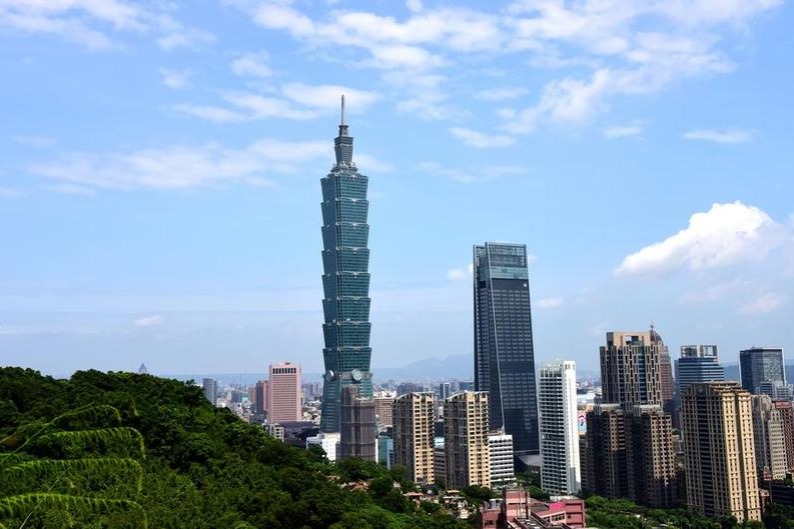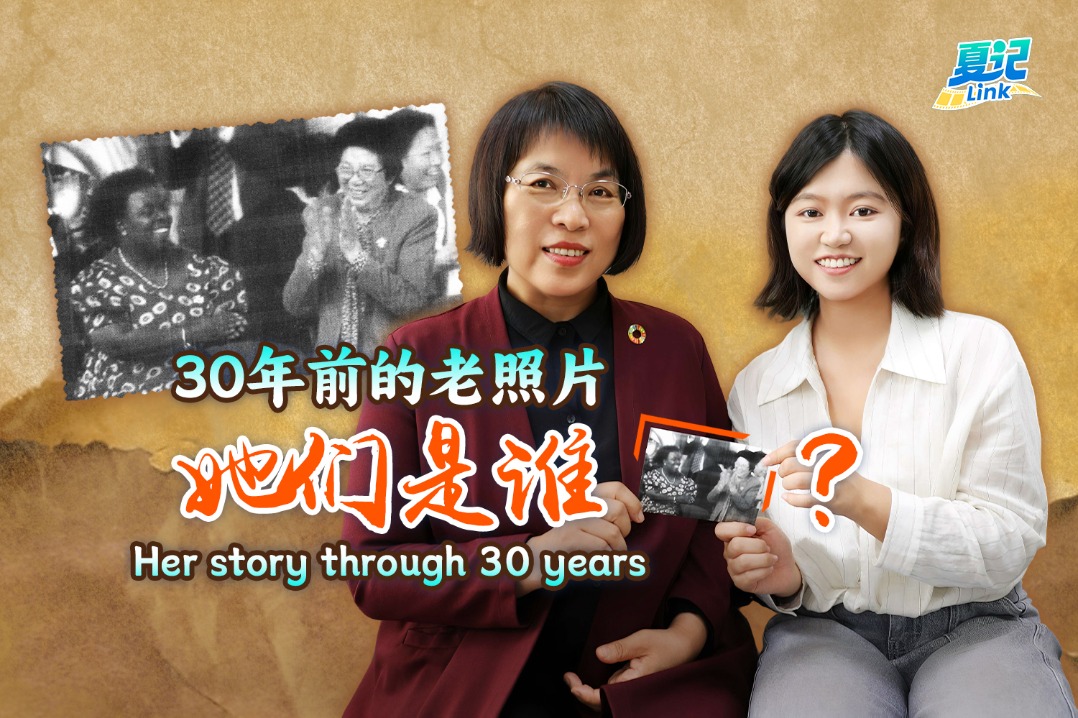'Tiktok refugees' prove the world is flat
By ZHANG ZHOUXIANG | chinadaily.com.cn | Updated: 2025-01-15 17:33

As TikTok awaits the US Supreme Court's decision on whether it can continue to operate in the United States, the huge flow of US TikTok users to Chinese social media app xiaohongshu as it is called in Mandarin, proves that the world is indeed flat in the digital age. The world is so flat today that when social media users are denied access to a platform, they will flow like quicksilver to another platform.
According to statista.com, by October 2024, a total of 5.22 billion people, or 63.8 percent of the world's population, had access to social media, a phenomenon that even the politicians of the world's most powerful country cannot stem.
With the app's existence threatened, "TikTok refugees" have emerged. By threatening to block TikTok, US politicians are only driving its users to other social media platforms that have also been developed by Chinese companies.
By threatening to ban TikTok, US politicians have provided China with an opportunity to increase cultural exchange with the rest of the world. For too long, US social media platforms such as X (formerly Twitter), Meta (formerly Facebook) and YouTube have dominated the social media landscape. In fact, even TikTok, which some US politicians hate so much, although developed by a Chinese company, is actually owned and operated by a company registered in the US, and run by a US team with a Singaporean CEO.
By threatening to ban TikTok, US politicians have helped xiaohongshu, a fully Chinese platform, to go global and that's an opportunity xiaohongshu should make the most of. It's time xiaohongshu optimized its app, and improved its network services so that more US users can enjoy its content.
Further, while xiaohongshu's original user base was mostly Chinese users, the inflow of "TikTok refugees" opens a channel for it to spread Chinese culture around the world. More US users will get to know what the Chinese are talking about and make friends with the latter online, further bridging the cultural gap across the Pacific.
Xiaohongshu marks only the start for more Chinese social media platforms to get more US users. WeChat, Sina Weibo, Douyin, Kuaishou should all prepare so they can be bridges for Sino-US cultural exchanges.
























